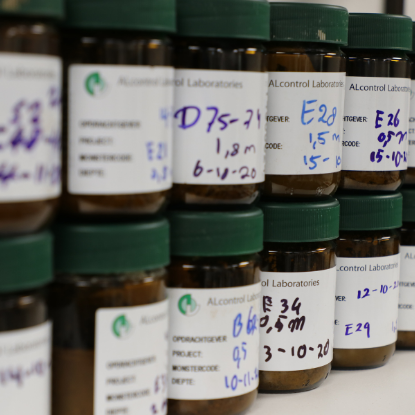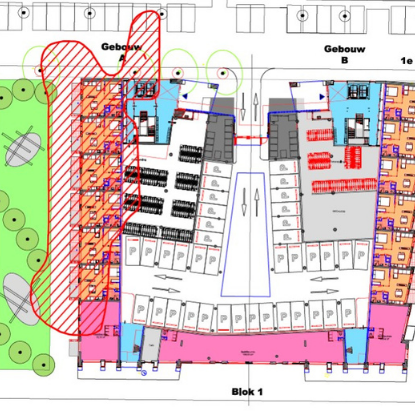Environmental assessment
Site assessment can be called for on many grounds, including new construction, acquisition, sale or merger transactions, starting new or expanding existing industrial activities. Typically, the primary goal is to assess the site’s suitability, but also to get an early grip on any soil or groundwater contamination issues and associated risks. Our consultants present this in a clear & concise plan.
Remediation method
Often, site assessments are available. We use these data to analyse the contamination and the demands and restrictions that our client imposes on remedial solutions: costs, nuisance, time frame, risks etc.
Combining assessment data with demands & restrictions leads to an overview of feasible remedial solutions, from which a small selection of the best is presented to the client as our initial vision, which includes cost estimates and realistic time frames. The next step would be to detail-out the chosen design.


Design
A conceptual site model is always at the base of our remedial designs. We base such models on generic and specific data on geology, soil structure, hydrogeology, contaminant situation, possibility of archaeologically significant finds, existing and/or future buildings & other facilities etc. Putting reality into a schematic model, we take available on-site facilities into account.
We base our selection of best suited remedial technology (or suite of technologies) on our conceptual site model. We include all relevant aspects in our evaluation, including segregation of source zone and plume, contaminant properties (adsorption, degradation, potential for biodegradation etc.) and relevant aspects of possibly suited remediation technologies.
Ultimately, this selects the suited remedial approaches, which we then rate based on costs, effectivity and amongst other aspects (such as hinderance, time sustainability) that are of importance to our client.